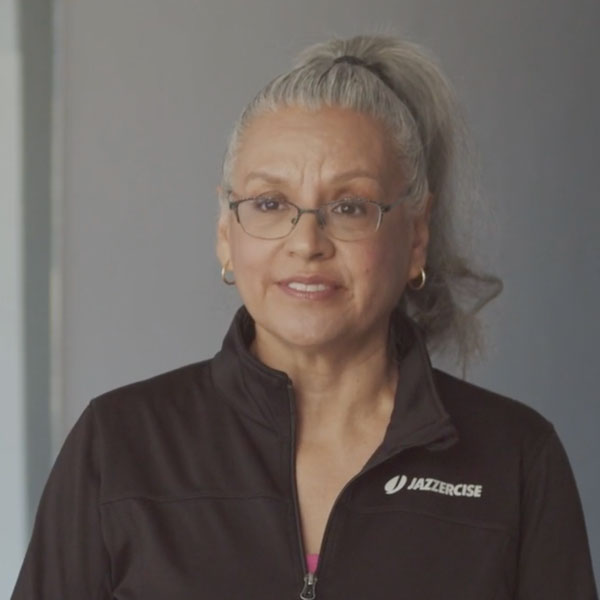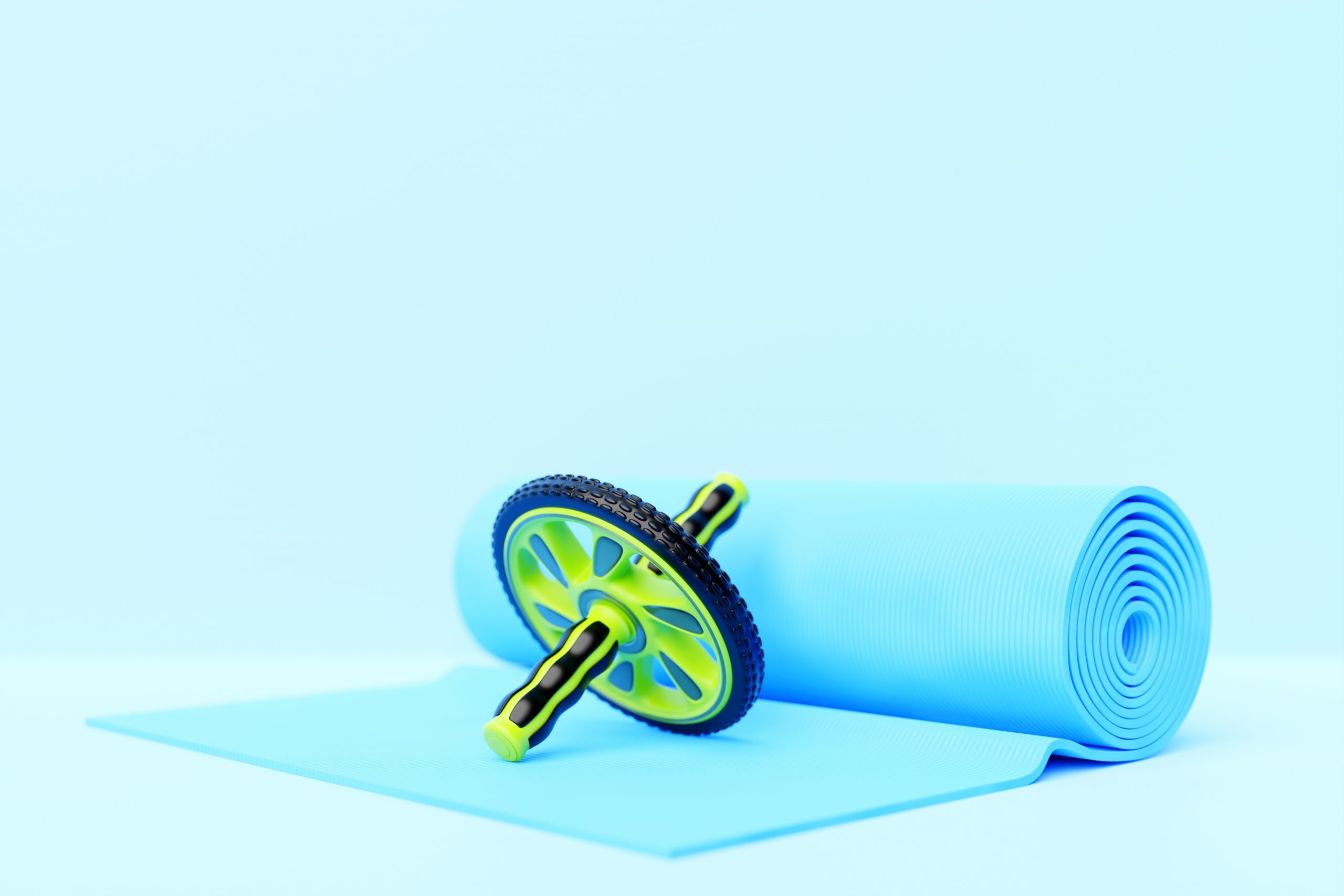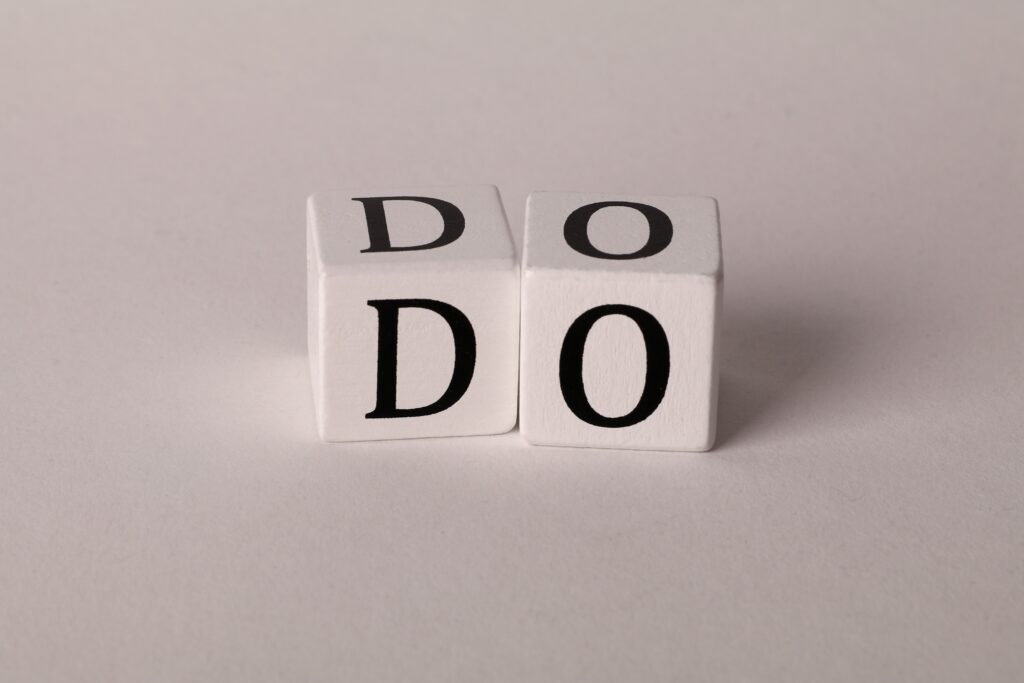Recently, I was teaching a class on the fundamentals of exercise. In that class I spoke about exercise basics, intensities of exercise, and basic exercise movements. I presented a picture of each movement with a breakdown of how to perform each movement properly. A common cue in exercise is to “engage your core.” At the end of the presentation I was asked, “What is my core?”. In this article, we’ll talk about what your core is, why your core is important, how to engage it, and you’ll be provided a beginner abs workout to strengthen your core.
Introduction
Commonly, it is assumed that your core is simply your “six-pack” or stomach muscles. While this is true, the full anatomy of your core is much more complex. The “six-pack” muscles alone include four different abdominal muscles; then we have your glute and hip muscles, your back, your spine stabilizing muscles, and finally the diaphragm — an important part of the core.
Developing your core muscles decreases your chances of sustaining an injury while exercising, improves your posture, allows you to perform exercise at a greater intensity, and helps improve long-term longevity. Your core muscles do this by creating stability within the hips and lower back muscles.
What Not to Do
When learning to engage your core, often it is easier to begin by learning what NOT to do. Most people know of someone who has made a sudden movement and threw out their back. This is usually a result of poor body mechanics and failing to engage the core. Here are more specific examples of failing to engage the core:
- The back hyperextends when pressing upward, performing a push-up or plank
- Slouching your back when sitting down or having back pain while standing for too long
- When lying down flat on the back on the ground the lower back is in hyperextension or there is pain in your lower back
- Shoulders and hips are uneven when you stand
- Difficulty maintaining balance
- Ribs flaring out
- Shallow breathing


The first example above is an easy test to do. When pressing upward or performing the push-up exercise, the back stays in a neutral position. If the back arches, it’s possible the core is weak, proper instruction has not been given, or there is a mobility issue of some kind.
How to Engage Your Core
Engaging your core is more than sucking in your stomach.
A good place to start when learning to use your core is through your breath. We live in a society where stress (good/bad) is rampant. People that are stressed become shallow breathers, which causes chest breathing, arches the lower back further, flares the rib cage, and makes it harder to engage the core. As a result, learning to take a deep breath properly through the diaphragm is a good first step.
- To begin, lie on your back on a flat surface with knees bent.
- Place one hand on your upper chest and the other on your belly, just below the rib cage.
- Breathe in slowly through your nose, letting the air in deeply, towards your lower belly. THE HAND ON YOUR CHEST SHOULD REMAIN STILL, while the one on your belly should rise.
- As you exhale, your bottom hand will lower further than beginning as you tighten your abdominal muscles and your rib cage stitches in.

How to Brace Your Core
Once you feel comfortable with diaphragm breathing the next step is learning to brace:
As you’re lying on your back, focus on pressing your lower back into the ground where the hips and tailbone tucked underneath. A common cue is to imagine you’re being punched in the stomach. In that case, you’re going to brace and perform the action above. Another good cue is to draw your belly button down and into your spine while lying down.

Beginner Core Workout
Here is a beginner core workout: (Do each movement slowly and focus on good form for each repetition)
PRECAUTIONS: See your doctor if you have any problems or medical issues. If you have lower back problems during these movements, contact a professional for specific modifications.
1. Bodyweight Plank
Place elbows and forearms on the floor. Pull the abs tight to hold your body in a straight line from head to knees without sagging in the middle, eyes looking naturally forward. Hold this position for 15-30 seconds. Relax and repeat for 3 more times.
2. Crunch With Heel Push
Lie on your back with knees bent with hands on the back of the head. Keep your toes up with heels staying on the floor. Next contract your abs, lifting the shoulders off the floor, and press the heels into the floor while pressing the lower back into the ground. Lower and repeat for 8-10 more times for 2-3 sets.
3. Reverse Crunch
Place hands on your sides, contract your abs by pressing the lower back into the floor and lower the rib cage. With knees bent, curl the hips off the floor, reaching the toes to the ceiling. Use your abs for this movement rather than using momentum and don’t swing your legs. Lower and repeat for 8-10 more repetitions for 2-3 sets.
4. Bridge
With knees bent, lower back firmly pressed into the floor, press the hips up through butt muscle. Don’t arch your back. Keep the neck relaxed, hold for a beat, and lower slowly. Repeat for 8-10 repetitions for 2-3 sets.
Conclusion
- Brace your core!
- Belly button to spine!
- Engage your core!
- Stable midline!
- Tuck in your tailbone!
- Flex your abs!
After reading this article hopefully the above common cues that Exercise Specialists shout will be more understandable. If you need help or want to learn to engage your core make an appointment with your Exercise Specialist.






